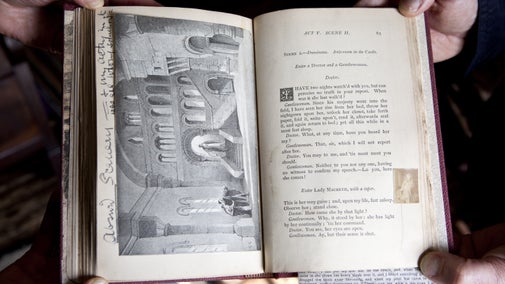An economic solution
Reverend John Thomas Becher was a clergyman and a magistrate, but is probably best known as a social reformer.
Born to parents from Cork, Ireland, in 1770 he moved to Southwell in 1792 after being educated at Oxford and becoming ordained as a priest.
Looking after the poor was a national social issue throughout the Elizabethan and mid-Victorian years.
To try and resolve this, Becher and other social reformers devised the 'workhouse test', the rule that no relief be granted to able-bodied people without them entering a workhouse.
Workhouses are created
It was Becher's idea that local parishes combine funds and build a workhouse to house the destitute rather than each parish supporting individuals with food, fuel and clothing.
Up to 158 inmates at a time, from 62 parishes, entered this building as a last resort. Becher's view was that workhouses should be a 'deterrent' to ensure that only the truly destitute would submit themselves to such a harsh regime.
It was also intended to achieve a 'moral' improvement, with the poor providing for themselves if at all possible.
Segregation
Adults were divided into categories: those unable to work (called 'blameless') and those capable of work but unemployed (considered 'idle and profligate able bodied').
They were further subdivided into men and women and children were kept separate. Each group lived in different areas, meaning families couldn’t meet.
Inmates were fed, clothed, housed and some were made to work. Children received a form of education.









